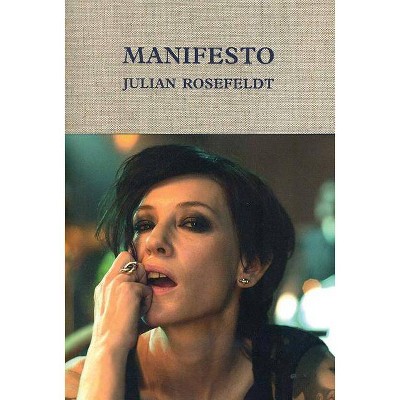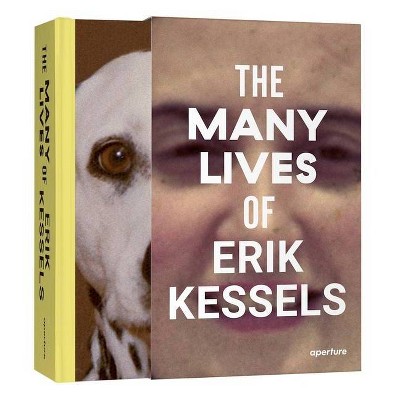Eloquent Bodies - by Jacqueline E Jung (Hardcover)

Similar Products
Products of same category from the store
AllProduct info
<p/><br></br><p><b> About the Book </b></p></br></br>Gothic cathedrals in northern Europe dazzle visitors with arrays of sculpted saints, angels, and noble patrons adorning their portals and interiors. In this highly original and erudite volume, Jacqueline E. Jung explores how medieval sculptors used a form of bodily poetics--involving facial expression, gesture, stance, and torsion--to create meanings beyond conventional iconography and to subtly manipulate spatial dynamics, forging connections between the sculptures and beholders. Filled with more than 500 images that capture the suppleness and dynamism of cathedral sculpture, often through multiple angles, Eloquent Bodies demonstrates how viewers confronted and, in turn, were addressed by sculptures at major cathedrals in France and Germany, from Chartres and Reims to Strasbourg, Bamberg, Magdeburg, and Naumburg. Shedding new light on the charismatic and kinetic qualities of Gothic sculpture, this book also illuminates the ways artistic ingenuity and technical skill converged to enliven sacred spaces. --<p/><br></br><p><b> Book Synopsis </b></p></br></br><b>A radical reassessment of the role of movement, emotion, and the viewing experience in Gothic sculpture</b> <p/> Gothic cathedrals in northern Europe dazzle visitors with arrays of sculpted saints, angels, and noble patrons adorning their portals and interiors. In this highly original and erudite volume, Jacqueline E. Jung explores how medieval sculptors used a form of bodily poetics--involving facial expression, gesture, stance, and torsion--to create meanings beyond conventional iconography and to subtly manipulate spatial dynamics, forging connections between the sculptures and beholders. Filled with more than 500 images that capture the suppleness and dynamism of cathedral sculpture, often through multiple angles, <i>Eloquent Bodies </i>demonstrates how viewers confronted and, in turn, were addressed by sculptures at major cathedrals in France and Germany, from Chartres and Reims to Strasbourg, Bamberg, Magdeburg, and Naumburg. Shedding new light on the charismatic and kinetic qualities of Gothic sculpture, this book also illuminates the ways artistic ingenuity and technical skill converged to enliven sacred spaces.<p/><br></br><p><b> Review Quotes </b></p></br></br><br>"[Jung's] book serves as a manifesto for engaging art in a living, three-dimensional way through its expression of figure and space in relation to one's own physical presence before it."--Jared Staudt, <i>Denver Catholic</i> <p/>Winner of the 2021 Gustav Ranis International Book Prize, sponsored by the MacMillan Center <p/>"This beautifully written, ground-breaking book demands that we rethink fundamentally the ways we look at, study, and teach figural sculpture of the Gothic period."--Joan A. Holladay, The University of Texas at Austin <p/><i>"Eloquent Bodies </i>is important, original, and engagingly written."--Robert Bork, University of Iowa <p/><br><p/><br></br><p><b> About the Author </b></p></br></br><p><b>Jacqueline E. Jung </b>is associate professor in the Department of the History of Art at Yale University.</p>
Price History
Price Archive shows prices from various stores, lets you see history and find the cheapest. There is no actual sale on the website. For all support, inquiry and suggestion messagescommunication@pricearchive.us




















